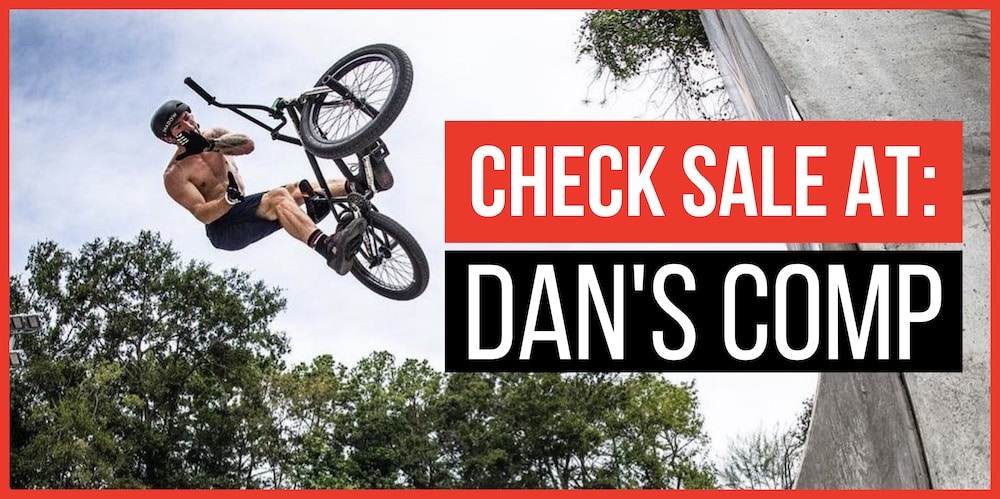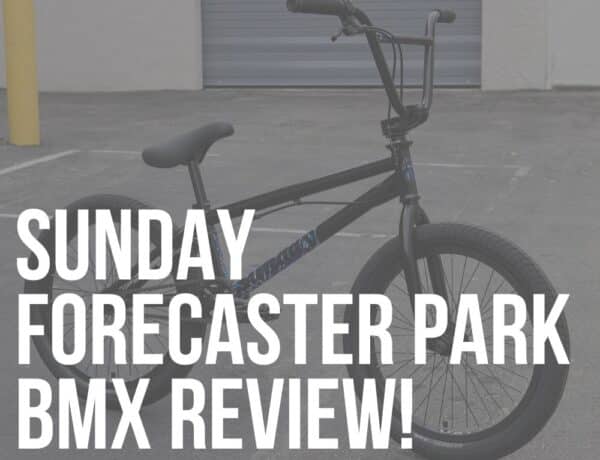If you’ve ever wanted to know all the different BMX hub types there are, you came to the right place.
Generally speaking, there are four different versions, one front and three BMX rear hub versions.
The front one doesn’t really differentiate much, except that different brands have different designs, but that’s basically it.
However, there’s an entirely different story when it comes to rear hubs.
In short: A front hub is a front hub, but a rear hub can be a cassette, a freecoaster or a freewheel.
The latter three are completely DIFFERENT from each other.
Out of all four, the only one I would avoid is the freewheel version.
Why?
Because it’s nowhere near as strong as the other three; plus, you’ll need to rock a 36T BMX sprocket for a solid gear ratio. (But if you have an old-school bike or like old-school stuff, go for it.)
But let’s dig deeper, finding more about each BMX hub type.
Which is the best?
What Are The Different BMX Hub Types?
| Hub type | Description |
| Freewheel hub | Uses 2 parts: the hub & the (large) freewheel that screws onto the hub shell |
| Cassette hub | Uses one part, with a much smaller (integrated) rear wheel |
| Freecoaster hub | Uses a special mechanism that removes the need to pedal when going fakie |
| Front hub | Uses one part, usually with female bolts/axle |
1. Freewheel Hub
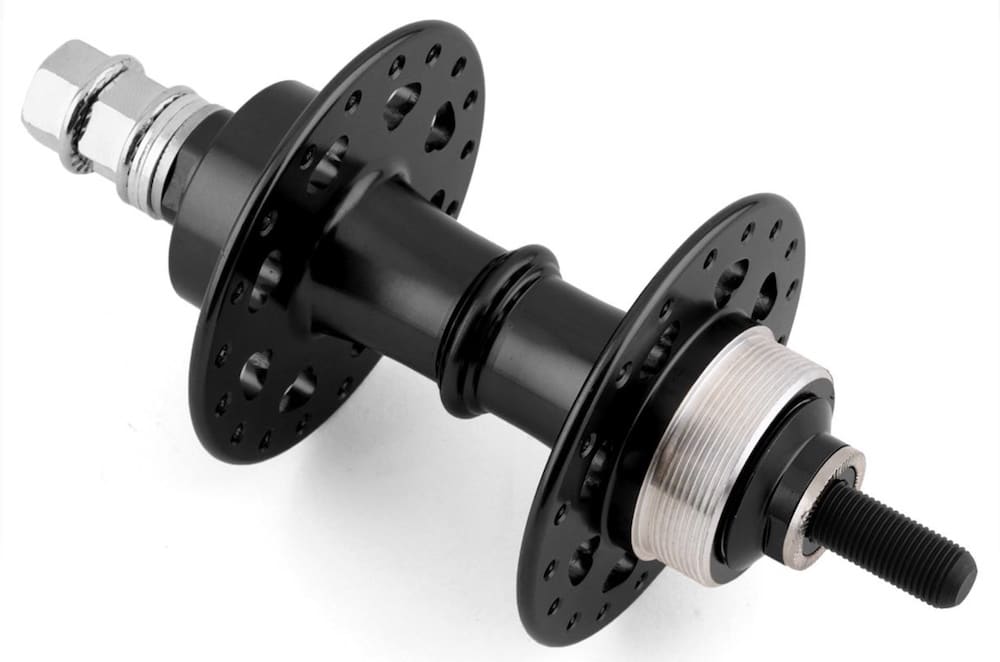
This is the first rear hub version that was available to all of us back in the day. It’s made out of two parts, the hub and the freewheel, which you need to screw on the hub shell.
The downside is that the smallest freewheel is 13T, whereas a cassette or a freecoaster goes down to 9T (even 8T).
This means you’ll need a lot larger front sprocket for a comfortable gear ratio. For instance, with a 13T freewheel, it’s recommended to go with a 36T front sprocket.
I rode this ration for many years, but I made the switch as soon as cassettes came out.
Moreover, not all flip-flop hubs are compatible with 13T-15T freewheels – you need one with a smaller diameter. But a 16T is compatible with all classic compact drive hubs.
Should you get one? No, if you’re into freestyle BMX. But if you have an old-school bike for cruising around, sure, go for it.
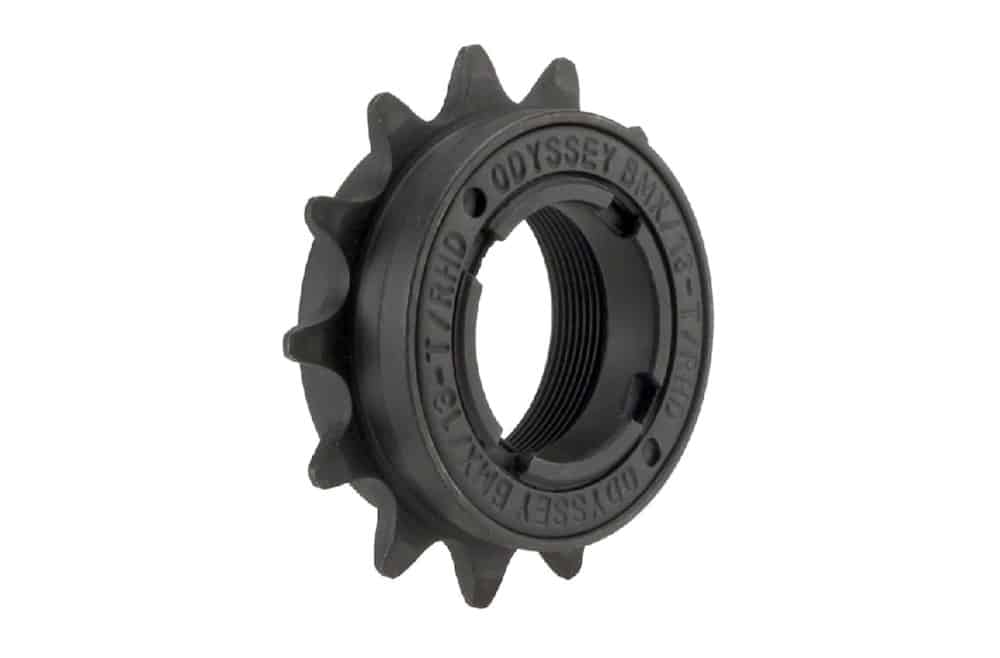
2. Cassette Hub
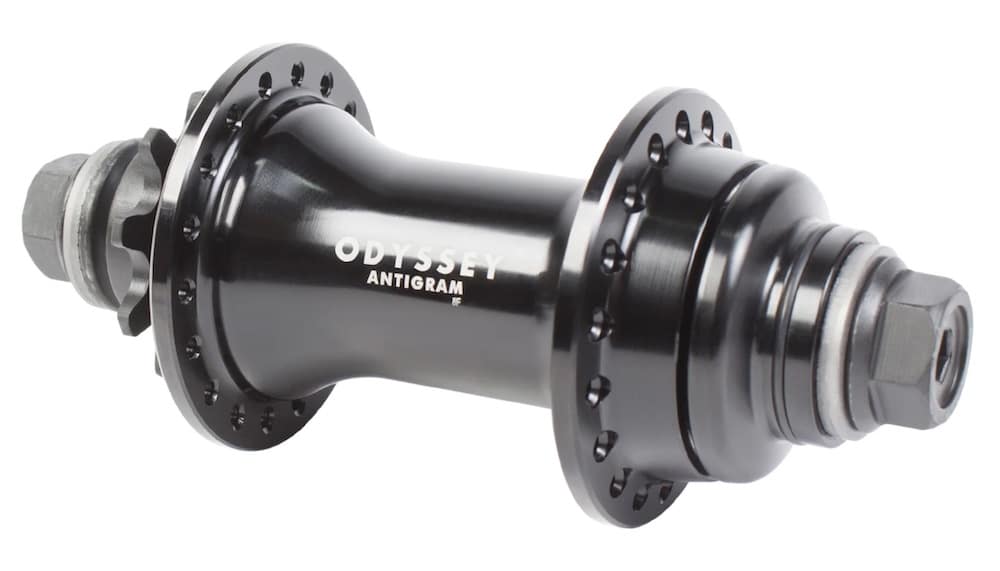
When cassette hubs came to the market, I got myself one immediately because a freewheel was really annoying to me. But hey, we needed to start somewhere.
The first main difference is that a cassette is all one part; you don’t have to screw anything on it. And the second, maybe even more important improvement, the smaller rear wheel.
Going from 13T down to 10T, 9T or even 8T in some cases means you could ride a lot smaller front sprocket. As a street rider, that large front sprocket sucked big times.
This was a game-changer.
A cassette hub has a special clutch attached to the body that locks when you pedal but frees when you’re not. (The hub shell consists of pawls, springs and ratchets.)
The only limiting factor is that you must pedal backward when doing a fakie.
Is this really a downside? I don’t think so unless you’re into extremely technical riding or flatland.
A cassette is a win for me – the sound, the look, well, I dig it!
Note: You may also be interested in checking the highest-quality BMX cassette hubs.
3. Freecoaster Hub
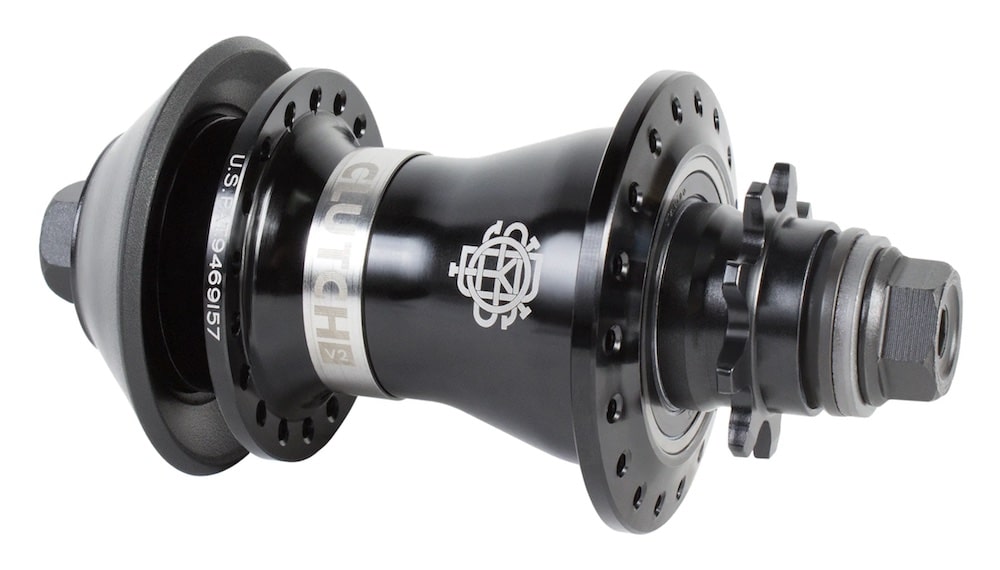
A freecoaster hub is a modern rear hub widely popular amongst flatlanders (obviously), street and park riders.
It unlocks endless new possibilities because it removes the need to pedal when going backward/fakie.
A freecoaster has a different internal system from a cassette – using a clutch system.
One of the downsides of an FC is the extra slack that was unavoidable until this time.
BSD came out with the revolutionary Revolution hub that includes the planetary clutch system, making a freecoaster feel and sound like a cassette hub.
Note: These ultimate BMX freecoaster hubs are for everyone who’s searching for a solid FC.
4. Front Hub
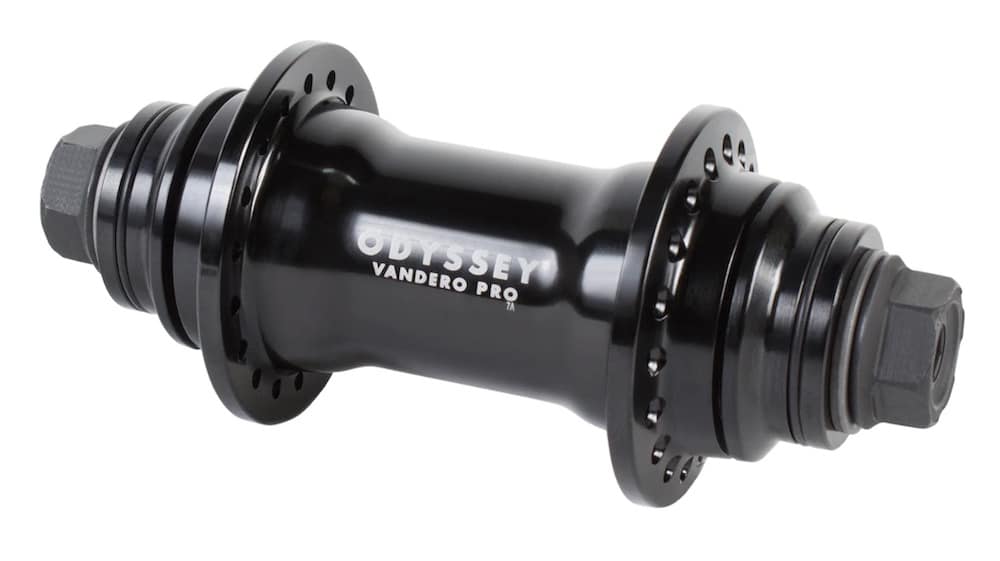
Okay, I think I don’t need to go detailed explaining what a front hub is.
It has a 10mm axle (rear hubs have a 14mm axle) and comes in male or female versions (just like rear hubs do).
One thing you’ll notice is that some front hubs have a flangeless design. Why’s that? It helps protect spokes.
But that’s not that important if you ride hub guards, which protect both the hub and the spokes.
Um, yeah, that’s all I have to say.
Note: Don’t miss my collection of the best BMX front hubs.
Conclusion: Which BMX Hub Is Right For Me?
Now, let’s answer the above question: Which BMX hub is the best?
As mentioned, I’d avoid the freewheel altogether (unless you’re into old-school stuff).
But for all the rest, at least when it comes to a cassette and a freecoaster, it’s a completely personal decision.
There’s no such thing as one being better than the other.
You’ll need to try it yourself to see what fits you best. But you don’t need to get two rear wheels.
If you have a cassette, ask a friend with a freecoaster to try it out and vice versa.
I still favor a cassette over an FC, and I don’t see myself switching any time soon (or more like – never).
Regarding the front hub – just don’t get the cheapest one.



